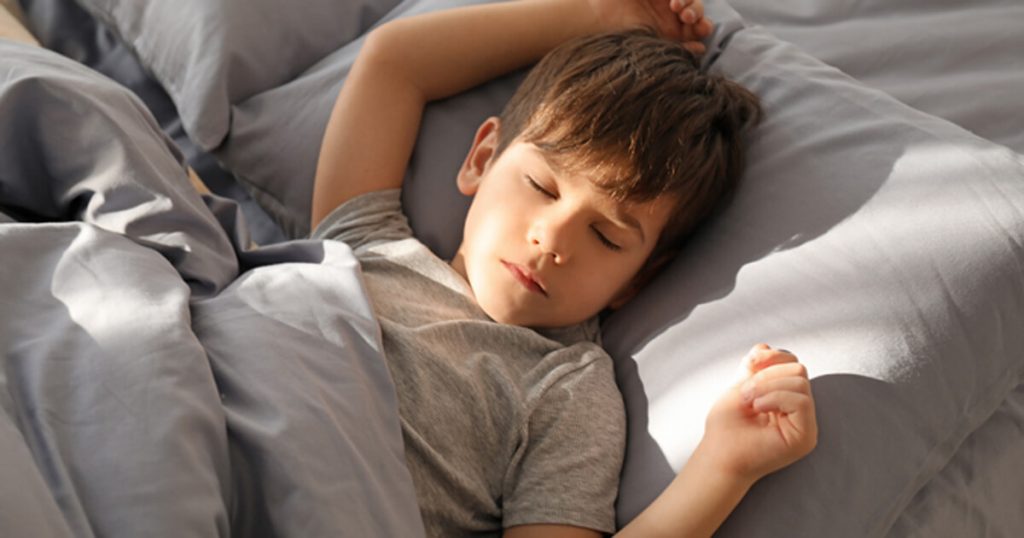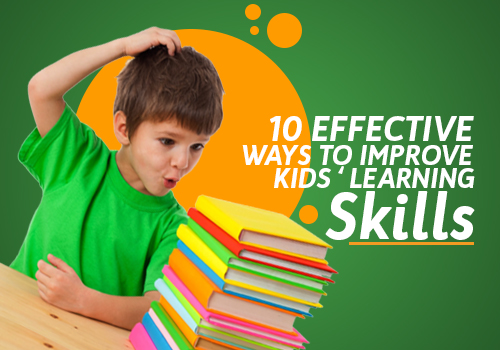Keeping ourselves healthy and immune to the germs and viruses is always important. Things are a little more serious when it comes to the case of kids and it is our responsibility to raise them with proper awareness about health.
The covid days have taught us the significance of guarding against germ spread and maintaining hygiene.
One should understand that the advices are to be kept for life as we may come across more viruses or bacteria in the future.
Health experts have warned that being prepared to face a virus is more important than the aftercare guidelines. It simply means that one should boost his/her immune system and stay healthy to keep all viruses at bay.
Here we are sharing some important ways through which you can increase immunity for kids and foster a healthy generation.
- Include more fruits and vegetables in the diet

Staying healthy by eating healthy is what needs to be promoted among kids. Include more vegetables and fruits that come with immunity-boosting carotenoids like carrots, green beans, strawberries, oranges, etc which can also be a treat to taste buds.
These foods that contain phytonutrients produce white blood cells that fight infection and also interferon which is a kind of antibody that protects from viruses.
So parents have to make sure that kids get the five servings of vegetables and fruits that are recommended for their age.
There are many studies that promote the importance of this important step in building a good immune system.
2. Boost the Sleep Time

Getting a good night’s sleep can actually solve many of the health problems that occur in both kids and adults.
Sleep time is an important time when our body repairs itself and makes you fresh for the next day.
Similarly, it has got an important role in boosting the immune system of your body.
In fact, sleep deprivation can actually lead to a reduction in immune system weapons and natural killer cells that helps you fight against unwanted germs, foreign particles and viruses. Around 12 hours of sleep is recommended by health experts for preschoolers and 8 hours for older kids.
3. Make Regular Exercise a part of the Daily Routine

There is no second thought about the significance of regular exercise to stay healthy.
A right mix of proper diet, good sleep, and regular exercise can work wonders in boosting the immunity of kids. Regular activity can actually boost the natural killer cells and this can, in fact, help kids to fight against possible virus attacks.
Of course, parents can ask kids to go out and play and spend time with kids of similar ages. However, health experts always suggest the significance of promoting the habit of exercising as a family.
Take part in fun family activities and play and grow together while conveying the importance of the physical activity to stay healthy.
4. Guard against Germ Spread
If you take this in just a technical aspect, guarding against germs won’t actually boost your immune system. However, prevention is always the first step to waiting for a cure.
Guarding against the germs can actually lift off the extra burden that you give to the child’s immune system.
This includes maintaining good healthy hygiene throughout the day. Develop the habits of proper handwashing before and after meals, after using the bathroom or when back to home after playtime.
It is also important to bath at least once or twice a day and remembers to change the toothbrushes once every 3 months.
5. Snack more on Immune-Boosting Foods
We have already discussed the importance of including fruits and vegetables in the daily diet.
It is common for kids to have some snacks in between the regular diets. So it would be good if parents can stock up on some immunity-boosting snacks at home rather than the tasty unhealthy snacks in which kids often tend to eat more.
It is good for kids to have immune-boosting snacks like almonds or seeds. Try making tasty and healthy snacks using yogurt, eggs, oats, spinach and berries.
Parents have to take an extra effort in creatively including these items in their diet.
6. Alleviate their Stress and Anxiety
When kids are over-scheduled and overstressed, it gradually affects their immunity over time. So parents have to take extra care to alleviate their stress and anxiety and keep them physically and mentally healthy.
There are even studies that suggest that an elevation in stress hormones has a direct link to immune regulation problems.
So rather than pushing the kids to always study or get involved in some productive stuff; let them have enough free time. Encourage them to get creative during their free time and educate them on the importance of giving good rest to their body and mind.
7. Limit on the medications unless absolutely necessary
Many studies have shown that antibiotics are prescribed over 150 million times during a year for an ear infection to small wounds.
Even when it kills off bacteria and turns life-saving in many instances, at least 30 percent of the cases were unnecessary according to the CDC.
As it not only kills the unwanted bacteria but also the good bacteria that are actually needed for your body, overuse of such medications can actually affect the immunity system. Moreover, experts always suggest giving your kid’s natural immunity a chance before treating an illness through medicine.
8. Breastfeed the Kids in the Early Days

Many parents are knowingly or unknowingly forgetting the importance of breastfeeding. The busy life schedules may be blocking at least some of the mothers from doing so even if they really wish for it.
Health experts always suggest the importance of breastfeeding babies in their early days to develop a strong and healthy immune system.
Studies have shown that nursing can actually produce the white blood cells and antibodies that boost immunity and protect the kids against urinary tract infections, ear infections, pneumonia, meningitis, allergies, diarrhea, and sudden infant death syndrome (SIDS).
Breastfeeding for at least the first 3 to 6 months can actually give kids a supplementary boost of immunity and aid them to grow healthy.
9. Include Essential oils and spice up cooking

We have already discussed the importance of having a healthy diet and snacking on the food items that boost the kid’s immunity.
Similarly, parents have to really think about the way they cook food for kids. Studies have proposed the idea of including essential oils and to spice up cooking to boost immunity.
For example, oils like eucalyptus and oregano are said to have immune-modulating and antibacterial capabilities.
Also, spice up the cooking by including ginger and garlic. While ginger can fight against cold, nausea, and flu symptoms, garlic includes cancer-fighting and antimicrobial agents.
10. Maintain your Child’s Microbiota

A healthy digestive process can also supplement the kid’s immune system. Probiotics which is also referred to as “good” bacteria is the key to maintain your child’s microbiota.
The foods that are naturally fermented like kimchi and yogurt can be a great source while some even prefer probiotic supplements.
These friendly bacteria in the guts can help to digest food, protect digestive tract, and guard against invading bacteria and viruses.
It is good to consult a family practitioner before starting off the diet plan as the requirement can vary with ages and other underlying conditions if any.
11. Invest More on Supplements and Herbs

The healthy herbs and supplements like zinc and vitamin D can actually be a good boost to the immune system of kids. Spending considerable time in the sun and eating fish can actually be a good choice but not practical for all kids every time and that is when the supplements take the role.
You can try herbal remedies like a soothing tea that aid in good sleep, relaxation, and stress reduction. However, it is always a good choice to consult a health expert before making any supplements a regular inclusion.
12. Avoid or Limit the Immune Suppressors

In addition to all the above discussed measures, it is always good to limit or even avoid the immune suppressors from your diet whenever possible.
This includes reactive foods, sugar, refined carbohydrates, trans fats and damaged fats. The toxins that are present in non-organic food materials can also be added in the list.
These are some of the very important things to practise to build the immune system for kids.
In spite of all this, maintaining cleanliness and healthy hygiene is very important.
As we are told everyday by our health experts during this pandemic, it is important to promote regular hand washing.
This important habit itself can stop many germs from entering our body and avoid unnecessary stress to our immune system.
Also practice healthy habits like keeping yourself hydrated always and that is why you should drink a lot of water every day.
So keep yourself healthy and increase immunity for kids by not compromising on the diet, having a regular exercise routine, getting proper sleep, practising hygiene habits and never give room for nutrient deficiencies.
































